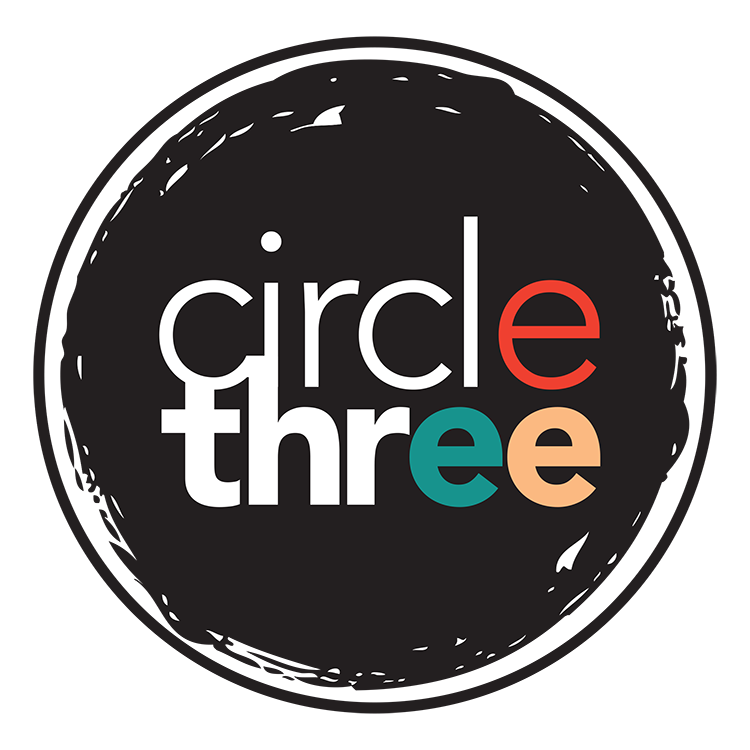In today’s evolving landscape of sustainability, the role of thought leadership stands as a beacon guiding businesses toward establishing credibility, fostering trust, and driving meaningful change. For commercial waste haulers, municipalities, and brands dedicated to sustainability, positioning oneself as a thought leader is not merely an option but a strategic imperative.
Embracing Thought Leadership: Defining the Paradigm
Thought leadership transcends traditional marketing approaches, representing a commitment to expertise, innovation, and a forward-thinking mindset within an industry. In the sphere of sustainable waste management, being a thought leader entails more than just offering services—it’s about shaping conversations, influencing trends, and offering insights that redefine the narrative. This might seem like a tall order for the waste industry: it’s a conservative space. We don’t move fast. We don’t set trends. But maybe we should.
Establishing Credibility through Knowledge Sharing
The bedrock of thought leadership lies in sharing valuable insights, data, and expertise. For waste haulers, this could mean publishing whitepapers on cutting-edge waste reduction techniques or collaborating with municipalities to implement innovative recycling programs. Brands, on the other hand, can showcase their commitment to sustainability by initiating educational campaigns or partnering with thought leaders for shared initiatives.

Building Trust and Authority: Engaging the Community
Thought leadership extends beyond expertise; it thrives on engagement and collaboration. Hosting webinars, participating in industry forums, or spearheading sustainability-focused events not only showcase your brand’s knowledge but also invite stakeholders to participate in the conversation. Engaging with the community fosters trust and positions your brand as an authority in the field.
In an era where misinformation can cloud perceptions, transparency emerges as a powerful tool for building trust and dispelling myths within the waste industry. Embracing transparency means opening the curtains and showcasing the realities, processes, and commitments that define sustainable waste management.
Let’s take a quick dive into transparency and how it impacts trust and authority in our industry.
- Dispel Myths with Facts: Educating Through Transparency
The waste industry often faces misconceptions about its practices. Whether it’s assumptions about all waste ending up in landfills or doubts about the efficacy of recycling programs, transparency offers an opportunity to address these misconceptions head-on. By providing insights into the intricacies of waste management processes—illustrating recycling pathways, highlighting waste diversion techniques, or outlining responsible disposal methods—you can debunk myths and educate stakeholders.
- Behind the Scenes: Sharing Operational Realities
Peeling back the layers and revealing the inner workings of your waste management operations can significantly enhance credibility. Showcasing the technology, infrastructure, and rigorous standards employed in waste sorting, recycling, or composting processes can illustrate your commitment to sustainable practices. Visual content such as videos or infographics can vividly portray these behind-the-scenes efforts, instilling confidence and trust among your audience.
- Addressing Challenges Transparently
The waste industry encounters challenges, whether logistical complexities, market fluctuations affecting recyclable materials, or evolving regulations. Transparency doesn’t shy away from these challenges; instead, it embraces them openly. Sharing how your brand navigates these hurdles—be it adapting to changing market dynamics, implementing innovative solutions, or collaborating with stakeholders—demonstrates resilience, adaptability, and a commitment to continuous improvement.
- Engaging Stakeholders: Encouraging Open Dialogue
Transparency thrives on open communication. Encouraging dialogue with stakeholders—be it customers, municipalities, or industry partners—fosters trust and allows for a deeper understanding of their concerns. Hosting Q&A sessions, releasing annual sustainability reports, or maintaining accessible channels for inquiries not only invites participation but also reinforces your brand’s dedication to accountability and openness.
Transparency isn’t merely about showcasing achievements; it’s about embracing vulnerabilities, acknowledging challenges, and being honest about the realities of sustainable waste management. By incorporating transparency into your thought leadership initiatives, you create a foundation of trust, dispel misconceptions, and position your brand as a credible and responsible leader in the industry.
Remember, transparency isn’t a one-time endeavor; it’s an ongoing commitment to authenticity and openness. Embrace it as a catalyst for change and a means to elevate the standards of sustainable waste management.
Leveraging Thought Leadership for Brand Differentiation
In a crowded marketplace, establishing a unique identity is paramount. Thought leadership offers a platform to differentiate your brand from competitors. By consistently delivering valuable content, demonstrating a commitment to sustainability beyond profit, and being at the forefront of industry discussions, you create a distinct and memorable brand identity.
Brands that genuinely engage with their audience, share authentic stories, and demonstrate real impact in sustainable waste management efforts forge stronger connections. Authenticity resonates; it speaks volumes in a landscape where trust is paramount. Consumers gravitate toward brands that not only talk the talk but also walk the walk, creating a narrative that aligns with their values.
The Long-Term Impact: Thought Leadership as a Catalyst for Change
Thought leadership isn’t just about the immediate impact; it’s about steering the industry toward a sustainable future. As a waste hauler, municipality, or brand, your thought leadership efforts can catalyze larger systemic changes. By influencing policies, setting industry standards, and inspiring others to follow suit, you become an agent of positive change.
In Conclusion
In the realm of sustainable waste management, becoming a thought leader isn’t an overnight transformation—it’s an ongoing journey fueled by a genuine commitment to innovation, collaboration, and shared knowledge. By embracing thought leadership, you not only establish credibility for your brand but also become a driving force in shaping a more sustainable future for generations to come.
Embrace the challenge. Embrace the opportunity. Become the beacon of change through thought leadership in sustainable waste management. If you’re interested in see how Circle Three Branding can help you become a thought leader, contact us.

